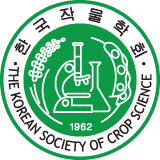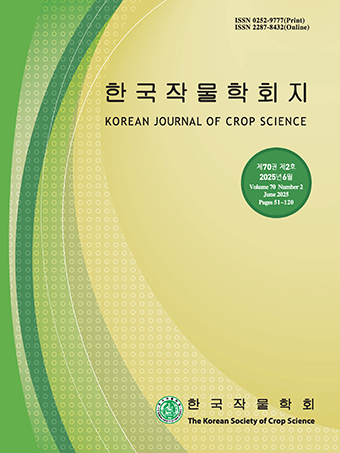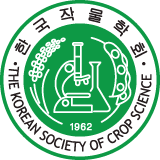Original Research Article
Abstract
References
Information
Choi, Y., D. Hyun, S. Lee, M. Lee, S. Oh, J. Lee, H. Ko, O. Huh, and M. Yoon. 2016. Development of NIRS equations and mass evaluation of crude protein, oil and composition of fatty acid by near infrared reflectance spectroscopy (NIRS) in soybean landraces from Korea. Korean Journal of Breeding Science, 48(4) : 406-413.
10.9787/KJBS.2016.48.4.406
- Publisher :The Korean Society of Crop Science
- Publisher(Ko) :한국작물학회
- Journal Title :The Korean Journal of Crop Science
- Journal Title(Ko) :한국작물학회지
- Volume : 67
- No :1
- Pages :61-66
- Received Date : 2021-11-16
- Revised Date : 2022-01-05
- Accepted Date : 2022-01-19
- DOI :https://doi.org/10.7740/kjcs.2022.67.1.061




 The Korean Journal of Crop Science
The Korean Journal of Crop Science








